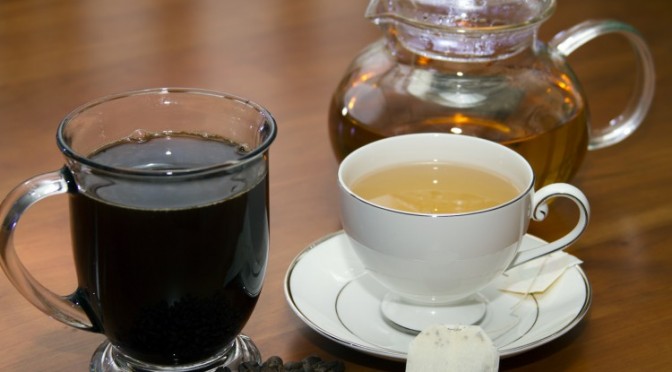Open up any beauty magazine and you’re bound to find an article on Japanese skincare. Topics in these articles range from their intense, multi-step skincare rituals to the advancements in their products through scientific research. So why exactly are the Japanese so “ahead” in the skincare world?
Their extremely thorough and meticulous skincare routines. In Korea, young girls grow up watching their mother’s daily beauty routines, which often involve multiple cleansings, exfoliation, toning, massages and masks. Japanese women view their skin as a prized possession, which leads them to spending a lot of time (and money) on the best products available.
An investment in research allows them to produce top-notch products. Due to this skincare-obsessed culture, many Japanese brands are investing heavily in scientific research for beauty purposes. Korean culture emphasizes the importance of a meticulous skincare regimen focused on the prevention of aging and dehydration. The more the consumers ask for new, innovative products, the more money will be invested in this research.
They are generally the first to create a beauty or skincare product due to the demand and need of the beauty-obsessed women. Long before they became big in America (we’re talking 8 years before), Korean women were using BB creams, CC creams, cleansing oils, sheet masks, blotting papers, and more. What’s up next? Snail creams, skin cycling, and cleansing water. It’s been said that Korean women spend seven times more on beauty products than American woman, proving they are much more demanding in terms of getting their hands on the “best of the best”.


